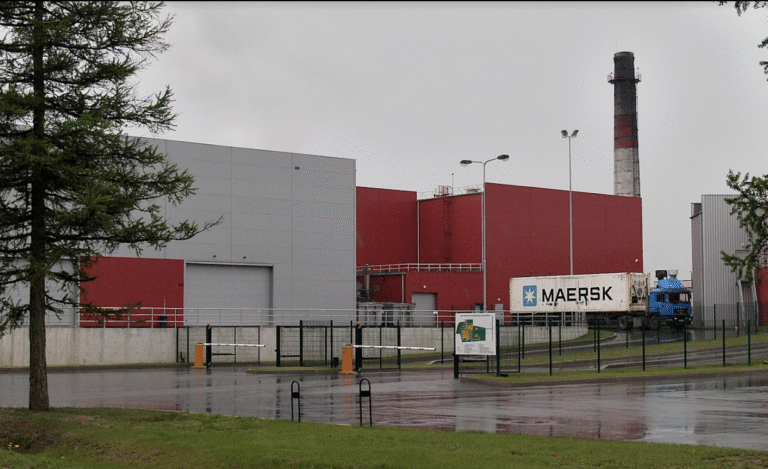Home > Products > Temperature sensors
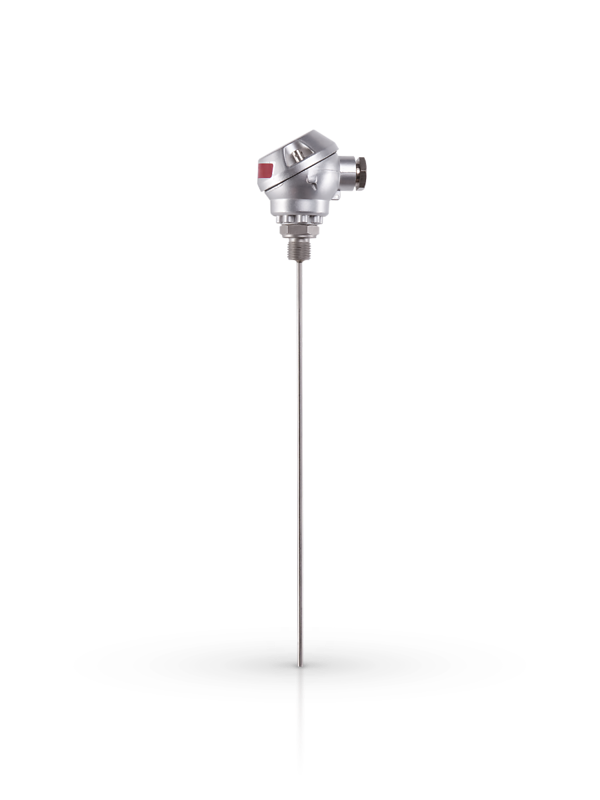
Temperature sensors
Temperature sensors - precise and reliable temperature measurement for various industrial sectors. Ensure process quality and equipment efficiency.
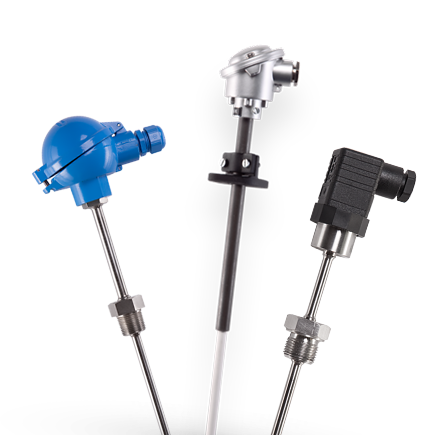
Category
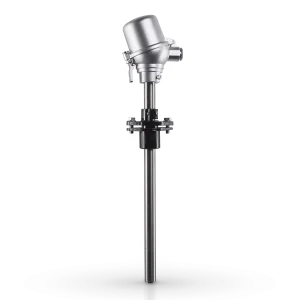
Temperature sensors
Guenther resistance PT100 temperature sensor 50-WMS
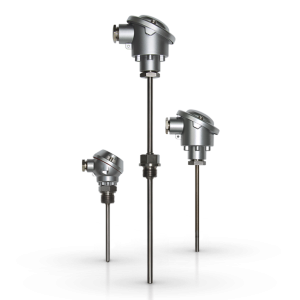
Temperature sensors
Guenther resistance PT100 temperature sensor 51-WMK

Temperature sensors
Guenther resistance PT100 temperature sensor 56-WEK

Temperature sensors
Guenther resistance PT100 temperature sensor 52-WOS

Temperature sensors
Guenther resistance PT100 temperature sensor 53-WHD

Temperature sensors
Guenther flange resistance PT100 temperature sensor 54-WFL

Temperature sensors
Guenther threaded resistance PT100 temperature sensor 55-WES

Temperature sensors
Guenther resistance PT100 temperature probe 6X-BTF

Temperature sensors
Guenther wired resistance PT100 temperature sensor 7X-KFW

Temperature sensors
Guenther resistance PT100 temperature sensor 74-WTH
The highest quality of every product
Local support in your country
Customer service every step of the way
Smooth technical communication
Buying guide for temperature probes
Temperature measurement is an essential aspect of automation and industrial process control. Gunther has developed a wide range of temperature sensors, signal converters, conditioners and HART temperature transmitter indicators to meet the needs of your industrial applications.
Whether you're monitoring the temperature of a liquid, a gas or steam, or creating a product that requires temperature monitoring to guarantee its quality, several aspects are key:
- Temperature monitoring: Ensure product quality by maintaining specific temperatures.
- Maintaining standards: Comply with regulations by maintaining a precise temperature on a production line.
- Precise, reliable measurements: essential in all cases to guarantee the safety and efficiency of industrial processes.


A range of temperature measurement instruments for your industrial processes
There are a variety of technologies for measuring temperature, converting temperature and displaying results, each with its own advantages and disadvantages. Temperature sensors play a fundamental role in monitoring and controlling temperature controlof heating, reheating or cooling in industrial systems.
The most common types of temperature sensors include thermocouples (type K, J, etc.), RTD (Resistance Temperature Detector) sensors such as PT100 or PT1000, and thermistors (NTC).

Temperature probe types and applications
- Thermocouples: Used over a wide temperature range and in demanding environments.
- PT 100 or RTD probes: Renowned for their accuracy and stability.
- Thermistors (thermometric resistors): Used for applications requiring rapid response to temperature changes.
- Infrared sensorsFor non-contact measurement, often used for hot or moving surfaces.

PT100 and PT1000 RTD sensors
Resistance thermometers, also known as RTDs or resistance temperature detectors, are one of the most popular types of temperature sensor. They are used in a wide range of industries and applications, from the food industry to chemical plants. RTDs are made from materials with high electrical resistance, such as platinum, copper or nickel. RTD material resistance changes with temperature, so RTD resistance can be used to calculate temperature.
The most common type of RTD is the PT100, which has a resistance of 100 ohm at 0°C. The PT1000 has a resistance of 1000 ohm at 0°C. PT100 and PT1000 are available in a wide range of accuracy levels, from 0.5% to 0.01%.
They can be used for temperatures ranging from -200°C to +850°C, and are available in 2-wire, 3-wire or 4-wire versions.


Thermocouple probes
A thermocouple consists of two wires of different metals, joined together at one end. The junction between the two wires is called the hot junction. The other end of the thermocouple wire is connected to a measuring device, such as a multimeter or temperature controller. When the hot junction is heated, a voltage is generated at the measuring device. This voltage is proportional to the temperature difference between the hot junction and the measuring device.
Thermocouple probes are available in a wide range of metals, such as copper-constantan, iron-constantan and chromel-alumel. Thermocouples are also available in a variety of accuracy levels, from 0.5% to 0.01%.
They can be used, as recommended, for temperatures up to 2300°C.
Signal converters
Signal converters and conditioners play an important role in the integration of PT100 resistance thermometers and thermocouple probes with PLCs or other digital devices. These devices transform the signal emitted by a temperature probe into a standard voltage or current signal, typically 4-20 mA or 0-10 V, compatible with industrial control and monitoring systems.
Signal converters are essential for industrial applications where accuracy, reliability and easy integration of temperature sensors are crucial.
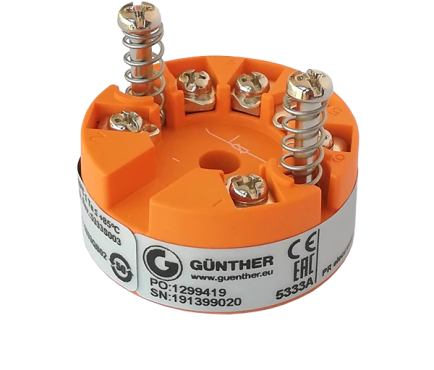
How to choose a temperature sensor
When choosing a temperature sensor, several factors need to be taken into account:
- Measurement range: Make sure the probe covers the required temperature range
- Accuracy: Choose a probe offering the accuracy required for your application.
- Sensor type: Select the sensor type (thermocouple, RTD such as PT100 or PT1000, thermistor) according to your process requirements.
- Operating environment: Consider environmental conditions such as dust, humidity and vibration.
- Cost and availability: Compare prices and check availability of probes and components in stock.

FAQs on Temperature Probes
How does a temperature sensor work?
A temperature sensor works by converting a temperature measurement into an electrical signal that can be easily interpreted by a display device, temperature recorder or temperature controller. The most common types of temperature sensor include thethermocouples, RTDs (thermometric resistors), and thermistors. Each type uses a different physical principle to measure temperature. For example, a thermocouple generates a voltage that varies according to the temperature difference between its two ends, while an RTD changes its electrical resistance as the temperature changes.
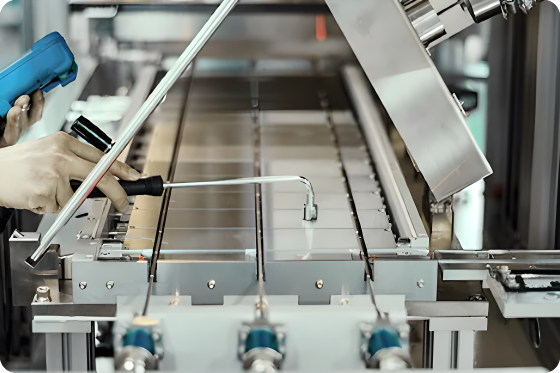
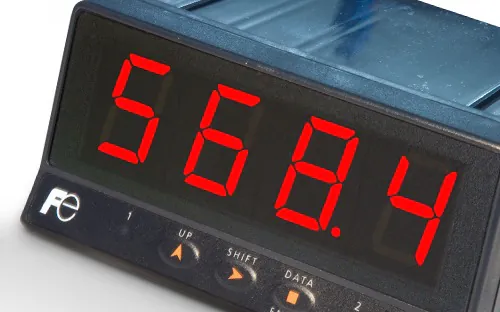
What is the role of the temperature sensor?
The main role of a temperature sensor is to provide accurate and reliable temperature measurement in a given environment. This information is vital in many sectors, such as industry, medicine and scientific research, where precise temperature control and regulation are essential. The temperature sensor is usually connected to a PLC or a industrial digital display. For example, in industrial processes, temperature must be strictly regulated to ensure product quality. In medicine, temperature probes are used to monitor patient health.
What are the different types of temperature sensors?
There are several types of temperature probes, each with its own specific characteristics and applications:
- Thermocouples: Used for their wide measurement range and fast response, thermocouples are often used in industrial applications.
- RTDs (Thermal Resistors or Platinum Resistance Thermometers or Thermoresistors): Their technology and constructionoffer numerous advantages. Renowned for their high accuracy and stability, RTDs are used in applications where precise measurement is essential, such as in the laboratory.
- Thermistors: These sensitive devices are used in applications where a rapid response to temperature changes is required, such as in electronic devices or semiconductor manufacturing.
- Infrared thermometers: Used to measure temperature without direct contact, ideal for hard-to-reach or moving surfaces
Each of these probe types has advantages and disadvantages that make them more or less suitable for use in your application or system.


What are the industrial applications for Temperature Probes?
Visit temperature probes are essential for industrial companies to ensure accurate and reliable measurements.
For example, in the cement industry, they monitor high temperatures in rotary kilns and grinding mills to maintain product quality and prevent overheating. In the chemical sector, they monitor thermal reactions to optimize process efficiency and safety. Renewable energies also benefit from these probes, which ensure that components in solar and wind power plants function correctly, thus extending the life of the equipment.
Thermal power plants use sensors to manage boiler and turbine heat, ensuring efficient energy conversion. For hydrogen applications, they monitor production and storage processes for safe operations. Incinerators rely on these instruments to control waste combustion, minimizing harmful emissions. In the marine sector, sensors ensure the smooth operation of propulsion systems and generators.
In metallurgy, they monitor melting furnaces and heat treatments to guarantee metal quality. Nuclear power plants use these probes to monitor reactors and cooling circuits, ensuring the safety of energy production.
The paper and cardboard industry uses temperature sensor technology to supervise drying and cooking processes, ensuring consistent quality of finished products. The oil and gas sector uses these devices to monitor drilling, refining and transportation, ensuring safe operations. Finally, industrial utilities, such as heating, ventilation and air conditioning (HVAC) systems, exploit these sensors to optimize energy consumption and maintain safe, comfortable working conditions.
RELATED ARTICLES
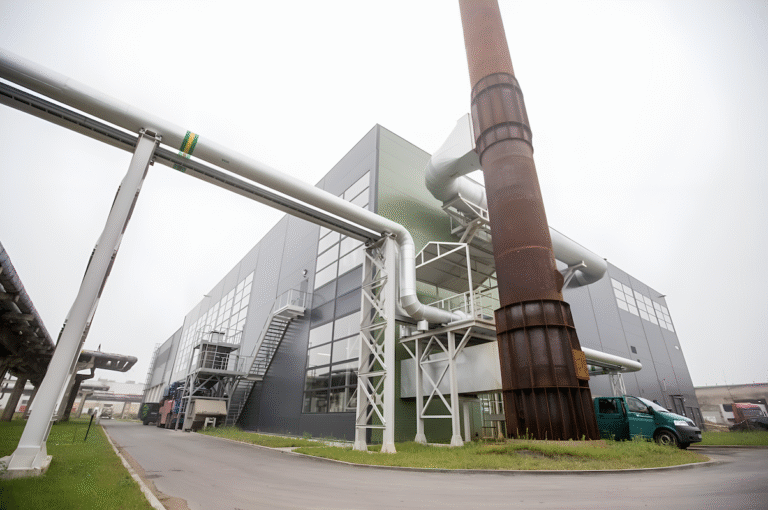
New VACON 100 FLOW 250 kW inverter at Foxita power plant
The company Invertas, UAB successfully implemented another technological project – installed, programmed and launched a VACON 100 FLOW 250 kW frequency converter...
More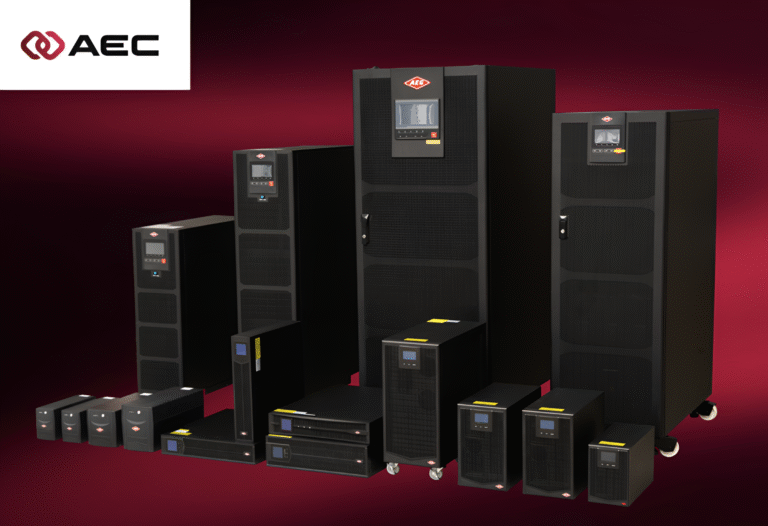
Invertas became the official representative of AEC International UPS in Lithuania
Invertas is proud to have become the official representative of AEC International – one of the most famous uninterruptible power supply (UPS) manufacturers in Europe – in Lithuania. This cooperation...
More